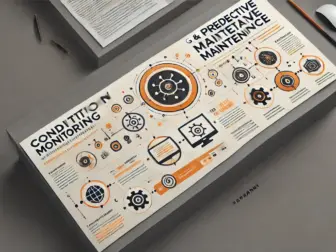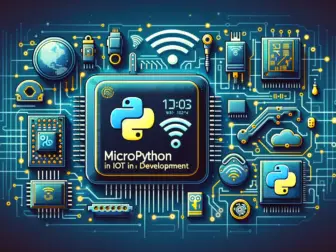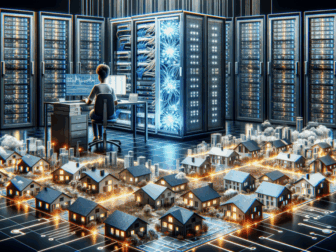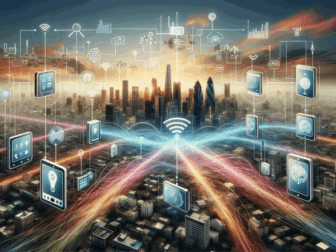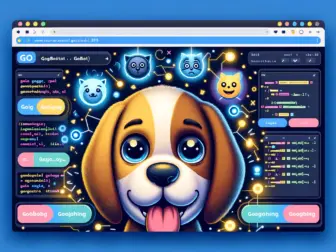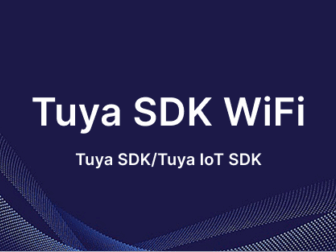Tag - IoT technology
Blog , March 22, 2024 , Edge Computing, internet of things, IoT technology
Blog , February 18, 2024 , 5G, Future of IoT, IIoT, Industrial IoT, Industry 4.0, internet of things, iot, IoT sensor, IoT technology, small and medium-sized enterprises, SMEs
Blog , February 8, 2024 , Future of IoT, Integration of Stage Art, Intelligent Lighting, Intelligent Stage, internet of things, iot, IoT technology, Performance System, Real-time Monitoring
Blog , February 7, 2024 , Artificial Intelligence, Gobot, IoT for Robotics, IoT technology, Robotics
Blog, IoT Tools and Platforms, Tuya IoT , February 2, 2024 , IoT technology, tuya android sdk, tuya ios sdk, tuya iot access id, tuya smart iot platform, Tuya Wi-Fi SDK
Exploring the Boundless Potential of IoT: Enhancing Connectivity in the Modern World
Exploring the Boundless Potential of IoT: Enhancing Connectivity in the Modern World
In recent years, the Internet of Things (IoT) technology has emerged as a transformative force, fundamentally altering the way we interact with the world around us. This technology has made it possible for everyday objects to communicate with each other over the internet, creating a network of interconnected devices that can collect, exchange, and analyze data to optimize processes, improve efficiency, and offer new services.
The concept of IoT revolves around the idea that by equipping devices with sensors and network connectivity, they can become “smart.” This intelligence enables devices to respond to real-time data without human intervention. For example, a smart thermostat can adjust the heating and cooling of a home based on the occupants’ preferences and behavior patterns, resulting in enhanced comfort and energy savings.
One of the key advantages of IoT is its potential to streamline various industry operations. In manufacturing, IoT devices can monitor equipment performance, predict maintenance needs, and minimize downtime. This predictive maintenance can save companies substantial amounts of money and increase their productivity. Similarly, in agriculture, IoT sensors can monitor soil moisture levels, crop health, and weather conditions, allowing farmers to make better-informed decisions about irrigation and harvesting.
On a larger scale, IoT is facilitating the development of smart cities, where urban environments are equipped with sensors to manage traffic flow, optimize public transportation, reduce energy consumption, and improve public safety. Streetlights that adjust brightness based on pedestrian activity and parking spaces that signal availability to drivers are just a few examples of how IoT is making cities more livable and efficient.
Healthcare is another sector that benefits immensely from IoT technology. Wearable devices can track patients’ vital signs in real-time, alerting healthcare providers to potential health issues before they become critical. This capability has proven especially valuable for managing chronic conditions and for elderly care, where timely intervention can drastically improve outcomes.
However, as promising as IoT technology is, it also presents challenges that need to be addressed. Security is a major concern since a vast network of devices creates multiple entry points for potential cyberattacks. Ensuring the data privacy of users is paramount as sensitive information is often collected and transmitted. Additionally, the sheer volume of data generated by IoT devices requires robust data processing and storage solutions.
Interoperability between various devices and platforms is another significant challenge. With many manufacturers and protocols in the IoT space, it can be difficult for devices to work seamlessly together. This can limit the potential for widespread IoT adoption and the realization of its full benefits.
Despite these challenges, the future of IoT technology looks bright. The ongoing development of 5G networks promises to enhance IoT connectivity with faster speeds and lower latency, enabling more devices to be connected with greater reliability. Innovations in edge computing are also set to reduce the strain on central servers by processing data closer to where it is generated.
As we continue to explore the boundless potential of IoT technology, we are likely to witness its increasing prevalence across all aspects of our lives. The key to its success lies in addressing the current challenges and fostering an ecosystem where devices can communicate effortlessly, creating a more connected and efficient world for everyone.
